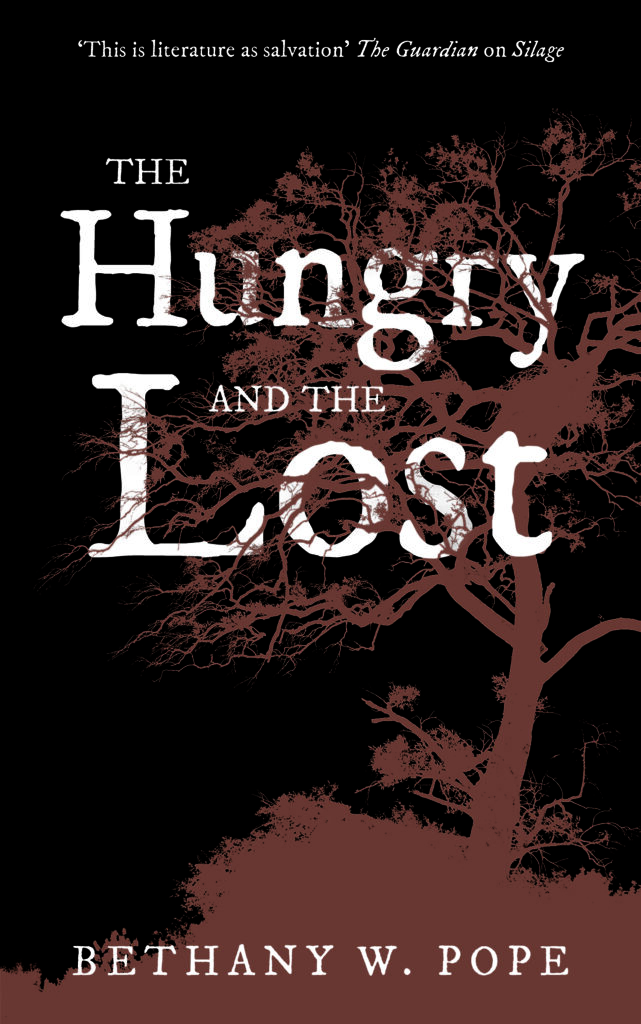Bethany W. Pope’s The Hungry and the Lost (326 pages; Parthian Books; available for order online) offers a rich Southern Gothic tale that revels in the beauty and hostility of the Florida swamplands during the early 20th century. Pope’s immersive language draws the reader in early, but it’s the novel’s social commentary and respect for wilderness that leave a lasting impression. The Florida swampland attracts men who make a living from hunting herons, but after the birds stop coming and tuberculosis breaks out, a (fictional) small town near Tampa is deserted by all but two: the late minister’s mentally unsound wife, […]
‘The Hungry and the Lost’ by Bethany W. Pope: Succumbing to the Rot
by Supriya Saxena

